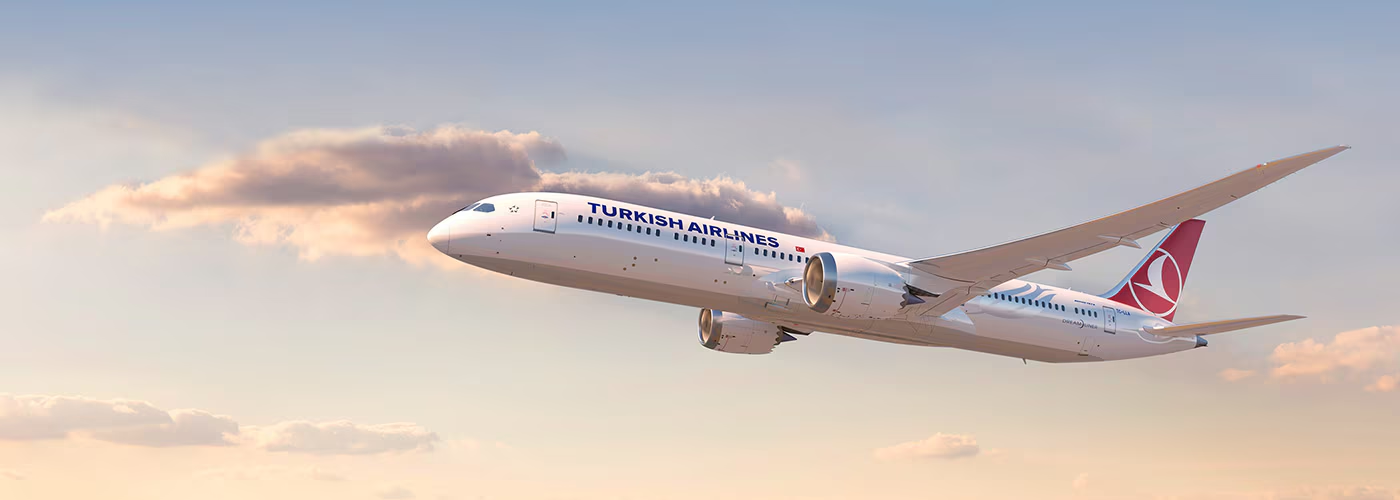How Are Airport Runways Numbered?
Airport runways are more than just paved strips; they are the starting and ending points of countless journeys. For aviation enthusiasts and frequent flyers, the runway holds a special place, often being the favorite part of the flight experience. But have you ever wondered how these runways are numbered? The Intricacies of Airport Runway Numbering reveal a system based on compass bearings and more.
Compass Bearings: The Core of Runway Numbering
Runway numbers aren’t arbitrary; they are derived from compass bearings relative to true north. Pilots are instructed to fly on specific three-digit ‘headings,’ which represent the direction’s compass bearing. For instance, a heading of 180 means flying directly south, 180 degrees from true north.

The Intricacies of Airport Runway Numbering involve converting these headings into decadegrees. This simplifies the scale, ranging from 1 to 36 instead of 1-360, making it easier for pilots and air traffic controllers to communicate effectively.
Left, Right, and Center: Understanding Runway Designations
Runways are often paired, and their numbers come with a letter suffix to indicate their position. For example, London Heathrow has two runways: 09L/27R and 09R/27L. The letters ‘L’ and ‘R’ stand for ‘left’ and ‘right,’ respectively, based on the direction the aircraft is traveling.

When a third parallel runway is added, it is designated with a ‘C,’ meaning ‘center.’ Frankfurt Airport, for instance, has three parallel runways, with the middle one numbered 07C/25C. The Intricacies of Airport Runway Numbering adapt to accommodate new additions efficiently.
Beyond the Basics: Special Cases in Runway Numbering
The system isn’t perfect and has its limitations, especially when dealing with large airports with four or more parallel runways. In such cases, the ‘C’ designation becomes insufficient. Airports then renumber a pair of runways to avoid confusion.
For example, Los Angeles International Airport has four parallel runways, numbered as two distinct pairs: 06L/24R and 06R/24L, along with 07L/25R and 07R/25L. Some airports, like Honolulu International, even use a ‘W’ suffix for water-based runways, adding another layer to the Intricacies of Airport Runway Numbering.
The Intricacies of Airport Runway Numbering are not just about assigning numbers; they involve a well-thought-out system based on compass bearings, positional designations, and special cases. What are your thoughts on this fascinating aspect of aviation? Feel free to share your insights in the comments section below.
Youssef Yahya is the CEO and Founder of Aviation for Aviators, a platform dedicated to the aviation industry. With over 3 years of experience as an aviation writer, Youssef is passionate about sharing his insights on aviation, entrepreneurship, and the broader business landscape. As a Teaching Assistant in Entrepreneurship at Nile University, he also nurtures the next generation of entrepreneurs. When he’s not exploring the skies or business ventures, you can find him saying, ‘Drag your coffee, and let’s talk aviation, entrepreneurship, and football.’
You might also like:
- Boeing’s South Carolina Plant Seeks Environmental Permits to Scale Up 787 Production
- Flying Cars: The Future of Transportation?
- Airbus and LanzaJet Collaborate to Produce Sustainable Aviation Fuel
- What happened to Jet Airways and will there be a Comeback?
- The Deadliest Crashes in History
Discover more from Aviation for Aviators
Subscribe to get the latest posts sent to your email.














Post Comment